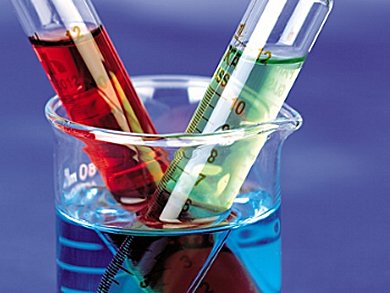Effluent generated by the textile industry can be highly colored. As textile dyes are fairly stable to light and heat, and resist biodegradation, they are a challenge to conventional physico-chemical and biological wastewater treatment methods. Although adsorption technology using activated carbon manufactured from carbonaceous materials such as wood, coal, waste agricultural biomass, etc. has been considered to be an effective and proven technology, it has its limitations as it is expensive and necessitates regeneration. Alternative sorbents have been investigated by employing natural waste materials from industry and agriculture as inexpensive biosorbents.
Rashmi Sanghi and Preeti Verma, Indian Institute of Technology, Kanpur, India, summarized the investigations carried out by numerous researchers from 2002 onwards on the effective use of different kinds of low-cost adsorbents for the removal of specific dyes from textile wastewater.
They find that plant products and in particular waste materials not requiring any further modifications can be promising adsorbents for environmental and purification purposes.
However, the authors also found that many researchers poorly select and identify the dyes used in their studies and often used inappropriate wastewater simulation and interpretation of dye–adsorbent interactions. Better practice could more readily turn advances into real-world applications.
- Decolorisation of aqueous dye solutions by low-cost adsorbents: a review,
Rashmi Sanghi, Preeti Verma
Color. Technol. 2013, 129, 1–24.
DOI: 10.1111/cote.12019




